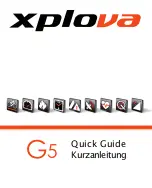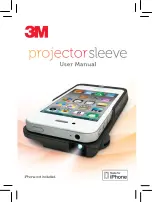
SlimLine Force Sensor, Type 9173B to 9177B
Page 38
9173B_002-286e-07.10
Best straight line – mathematical definition
The minimization of maximum deviation is known as Che-
byshev’s approximation. The best straight line is deter-
mined as follows:
x
= measurand (reference)
Q
= sensor charge signal or output signal from the
charge amplifier
Q
(
x
) = calibration curve, rising and falling
s
= slope of the best straight lines
Best straight line:
y
i
=
s x
i
(with starting value for slope s)
Form residues:
res
i
=
Q
i
-
y
i
res
=
res
max
+
res
min
sum min. + max. deviation
Recursive minimization of
res
=
f
(
s
) by changing
s
un-
til
res
= 0
Linearity
a
=
res
max
=
res
min
Fig. 16:
Best straight line, linearity and hysteresis
Hysteresis
The maximum difference in output, at any measurand va-
lue within the specified range, when the value is ap-
proached first increasing and then decreasing measurand
(source: ANSI/ISA-S37.1).
Note: The quartz crystal itself has a scarcely measurable
hysteresis. However, the mechanical construction of the
sensor can result in slight hysteresis. If the hysteresis is
above the specified values (in %FSO), then the sensor is
faulty or has not been correctly installed.
Charge amplifier linearity
The linearity of charge amplifiers is typically within the
range of
0,05 % of the measuring range selected. For the
accuracy of the measurement, this is usually negligible
compared with other influences.
Summary of Contents for 9173B
Page 1: ...Instruction Manual SlimLine Force Sensor Type 9173B to 9177B 9173B_002 286e 07 10...
Page 2: ...Instruction Manual SlimLine Force Sensor Type 9173B to 9177B 9173B_002 286e 07 10...
Page 27: ...Calibration and Maintenance 9173B_002 286e 07 10 Page 25 Fig 12 In situ calibration procedure...





































